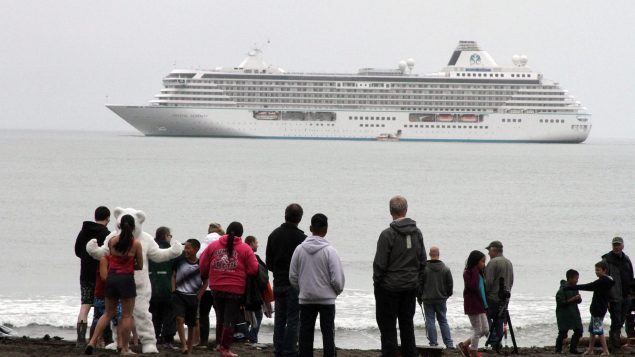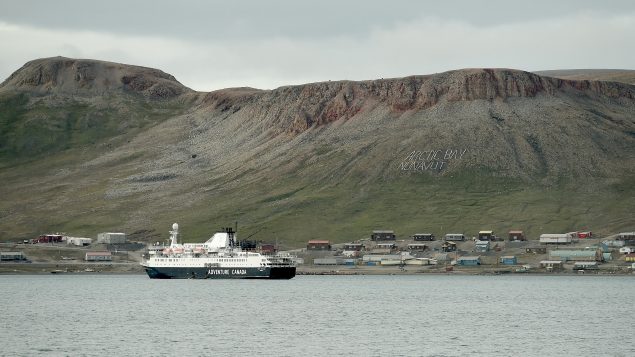In order to protect vulnerable northern communities from the spread of COVID-19, the federal government is introducing further restrictions on maritime shipping in the Canadian Arctic as of today.
The measures announced by Transport Minister Marc Garneau on Sunday prevent any Canadian cruise ship from mooring, navigating, or transiting in Canadian Arctic waters, including Nunavik in northern Quebec, Nunatsiavut in northern Labrador, as well as further south along the Labrador Coast.
Foreign passenger vessels seeking to enter Canada’s Arctic water would need to give Canadian authorities 60-days’ notice and would be subject to any conditions the federal government deems necessary for “the protection of marine personnel and local communities.”
“These new measures will help reduce the spread of COVID-19, while continuing to support the continued movement of goods through the supply chain, and ensuring Canadians can access their homes, jobs, and essential services in a safe manner,” Garneau said in a statement.
No Arctic cruises in 2020

FILE PHOTO: This Aug. 21, 2016, photo shows people preparing to take a polar plunge in the Bering Sea in front of the luxury cruise ship Crystal Serenity, which anchored just outside Nome, Alaska. The ship made a port call as it became the largest cruise ship to ever go through the Northwest Passage, en route to New York City. (AP Photo/Mark Thiessen)
These measures will remain in place until Oct. 31, 2020, which effectively means the end of the 2020 shipping season in most of the Canadian Arctic.
Last month, the federal government deferred the start of the cruise ship season in Canada to July 1, 2020.
The Arctic territory of Nunavut remains the only jurisdiction in Canada that has not registered any confirmed cases of COVID-19 as of yet.
The Northwest Territories had reported four cases and Yukon had six cases as of Sunday as the number of novel coronavirus infections in Canada climbed over 15,500 confirmed cases.
Restrictions on ferries and other ships

A B.C. Ferry is seen arriving at Horseshoe Bay near West Vancouver on March 16, 2020. The federal government is bringing in further measures to reduce the risk of spreading COVID-19 on commercial passenger vessels and ferries. Ferries and essential passenger vessel operators are to immediately reduce the maximum number of passengers carried on board by half in an effort to comply with social distancing rules. (Jonathan Hayward/THE CANADIAN PRESS)
The federal government is also ordering all commercial marine vessels with the capacity of 12 or more passengers to stop non-essential activities, such as tourism or recreation.
Ferries and essential passenger vessel operators are to immediately reduce the maximum number of passengers carried on board by half in an effort to comply with physical distancing rules.
Transport Canada says operators will also implement alternative practices to reduce the spread of the virus, such as keeping people in their vehicles.
These measures, which will be in place until at least June 30, apply to all of Canada’s coastal and inland waters, including the St. Lawrence River, the Great Lakes, and Canada’s Arctic waters.
Those caught breaking the rules could face penalties of up to $5,000 a day for an individual and $25,000 a day for a vessel or corporation as well as criminal sanctions, fines and jail time.







For reasons beyond our control, and for an undetermined period of time, our comment section is now closed. However, our social networks remain open to your contributions.